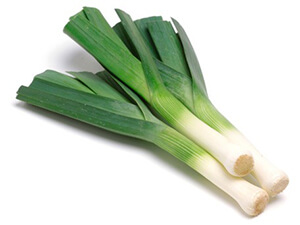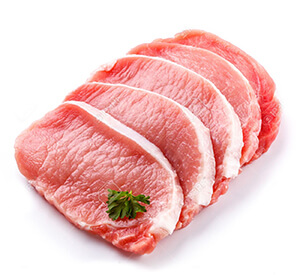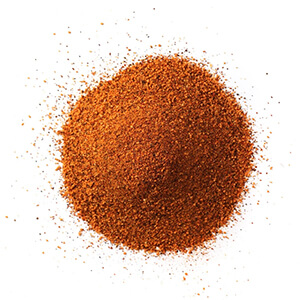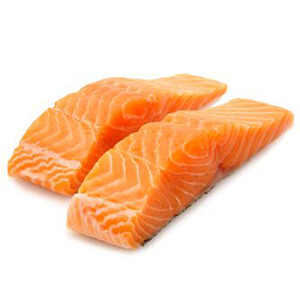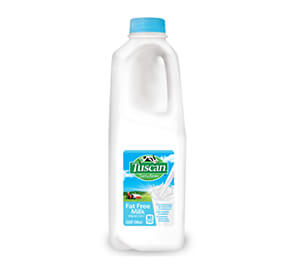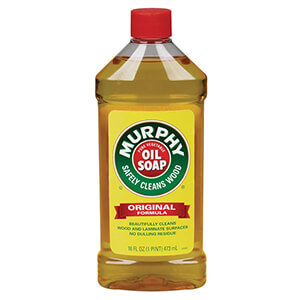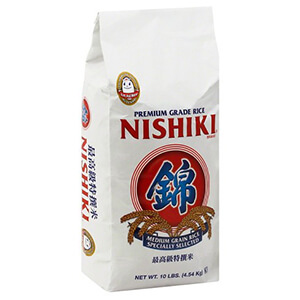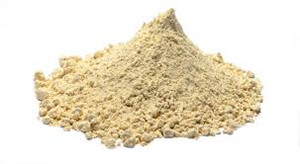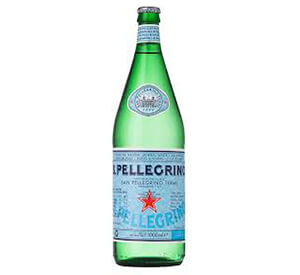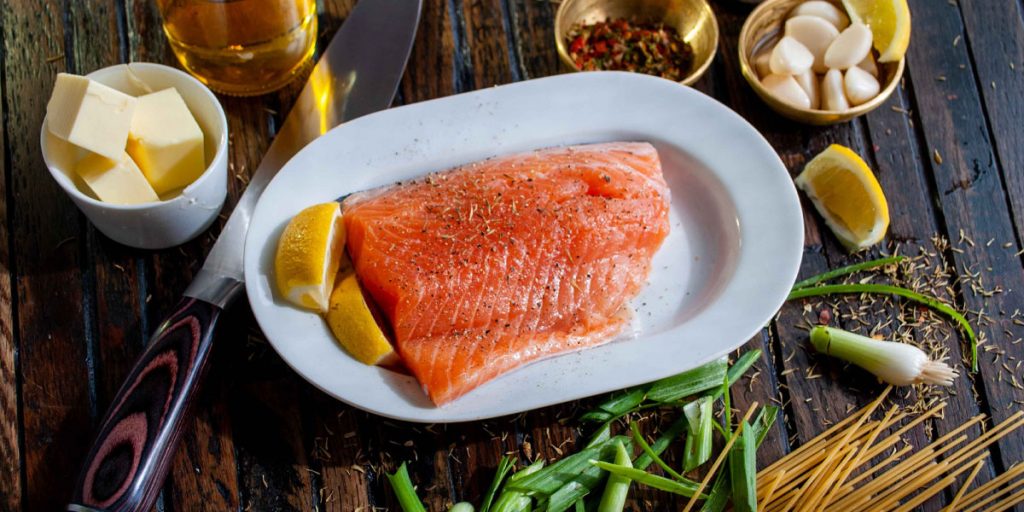Small steps can result in big reductions for restaurants to cut food waste. By reducing the amount of food waste in your restaurant operation, you can actually save on quantity of the supply while increasing the revenue.
“Who knew, for example, that introducing a new way to trim green peppers would lead a major sandwich chain to increase its yield by 9.5%—or 2 more lbs. of sliced peppers per case? Or that removing free bread from the table and offering it on the menu for $2 saved 22 lbs. of dough per week, cut 55 lbs. of butter a month, and added $5K to annual revenues at a popular independent?” – Restaurant.org
The Ways Restaurants Cut Food Waste
The idea behind restaurants cutting food waste does not have to be an overwhelming process, but a functional reset in how restaurants are able to trim down their food waste and save expenses. Overall, it’s a good thing to do for many aspects of the industry and within their communities.
It’s no secret that the pandemic created a huge disruption in the restaurant industry. Everyone is currently experiencing delays and other supply chain issues. That is exactly why now is the time to improve quantifying the food in restaurants which are being thrown away or wasted for a variety of reasons. The good news is, the National Restaurant and Association has teamed up with the World Wildlife Fund, and is supporting the initiative of restaurants cutting food waste. By developing their new sustainability program, they are implementing a comprehensive set of resources to assist operators in the reduction of the excess food waste, one step at a time. And every effort counts!
Helping Restaurants Get Started
Start with a few, easy-to-execute steps and begin growth at whatever rate your restaurant can manage. No matter what the size of your restaurant, these resources and guides can help your restaurant to cut food waste. including:
- Online Ordering: Research has shown through implementation and testing of all of the above recommendations can help restaurants cut food waste and innovative apps are a tremendous resource for operators to identify and create structure so restaurants can cut food waste. With food waste being the number one drive to climate change, apps have created and implemented a more sustainable way of ordering online and reducing the impact that the hospitality industry has on the environment.
- Redesigning of Menu Concepts: Many of restaurant operators have already done this during Covid-19, but by streamlining your menu , you can better prep techniques and repurposing trimmings are other recommended ways to reduce food waste. For instance, many restaurants are cutting food waste by using high-quality frozen seafood from distributors as alternatives to their other menu items!
- Donation & Charity Distribution: Connect with your local food banks, soup kitchens, and/or shelters. They are happy to accept donations of any unused, but quality edible ingredients for their patrons in need!
- Diversion Tactics: There are ways to keep food waste out of the landfill, even if local donation is not an option near you. It is recommended to research the area.
- Procurement of Best Restaurant Operating Practices: Meaning, ‘How to order, receive, and store food more effectively’ and how to avoid common mistakes, like over-ordering, resulting in extra food waste.
- Training Staff: Begin tracking. Staff members must be trained in a process where they can separate out the usable food away from the trash stream. A Food Waste Calculator is a great tool! Check out the one we found at 86FoodWaste.com.
Where Restaurants Go From Here
Food waste has a tremendous impact, but where do restaurants go from here? This will not resolve overnight. Restaurants cutting food waste will only come from educated change and diligence of a new process. The above tips are certainly a great guide and starting point for restaurants to begin cutting food waste. Restaurants can certainly do their part to activate change in the food waste industry, feed more hungry and save the planet, not to mention cut their own added expenses and better serve their consumers!




